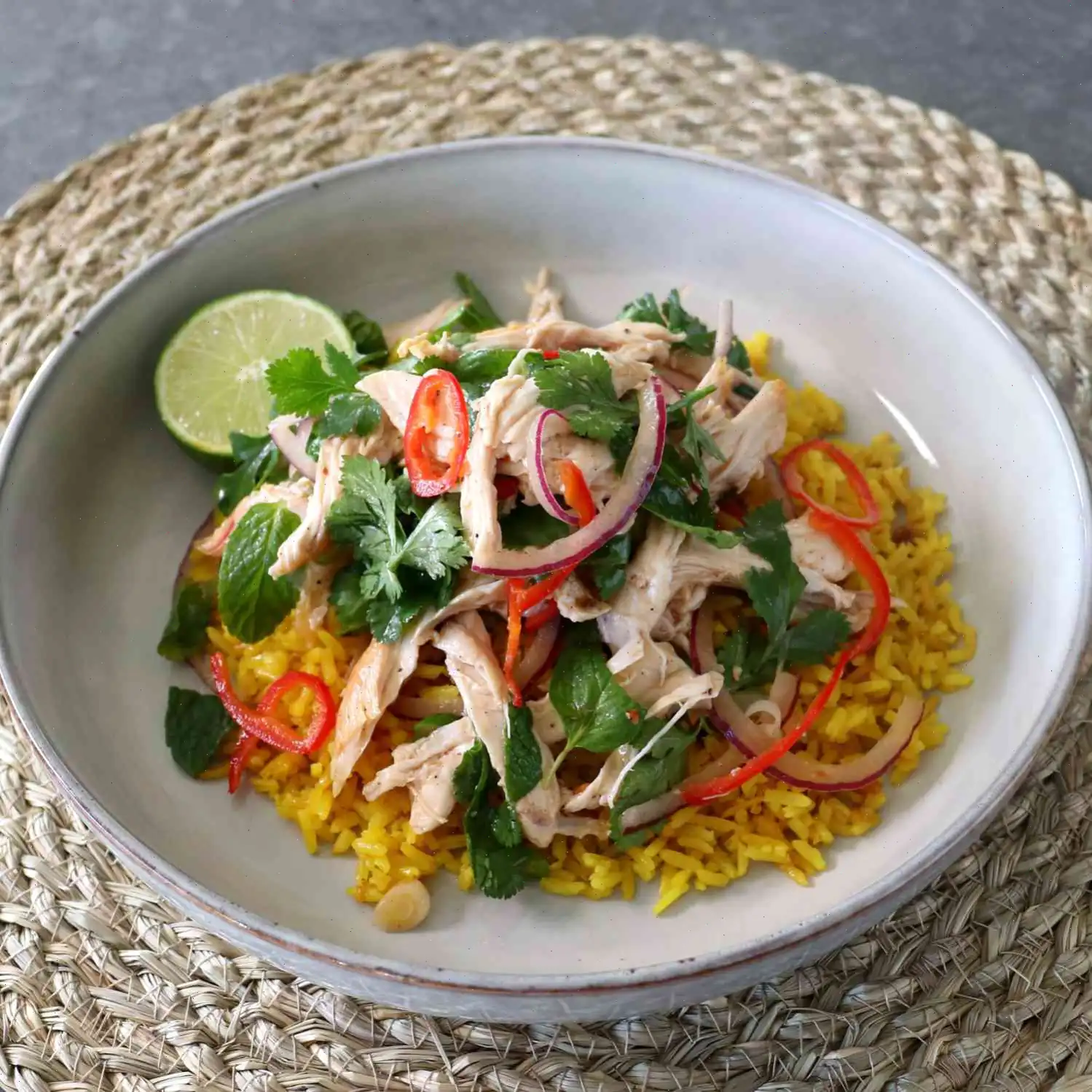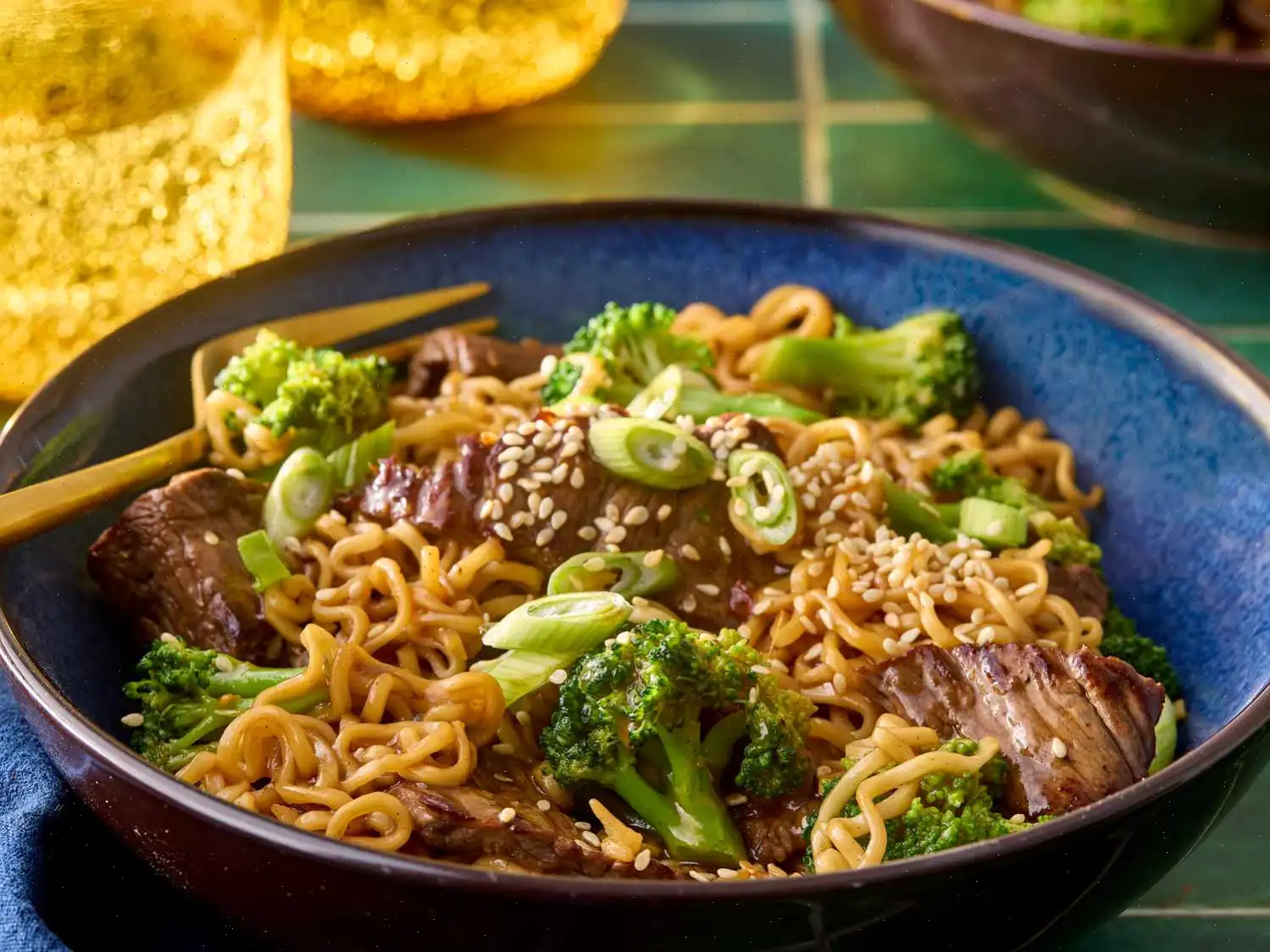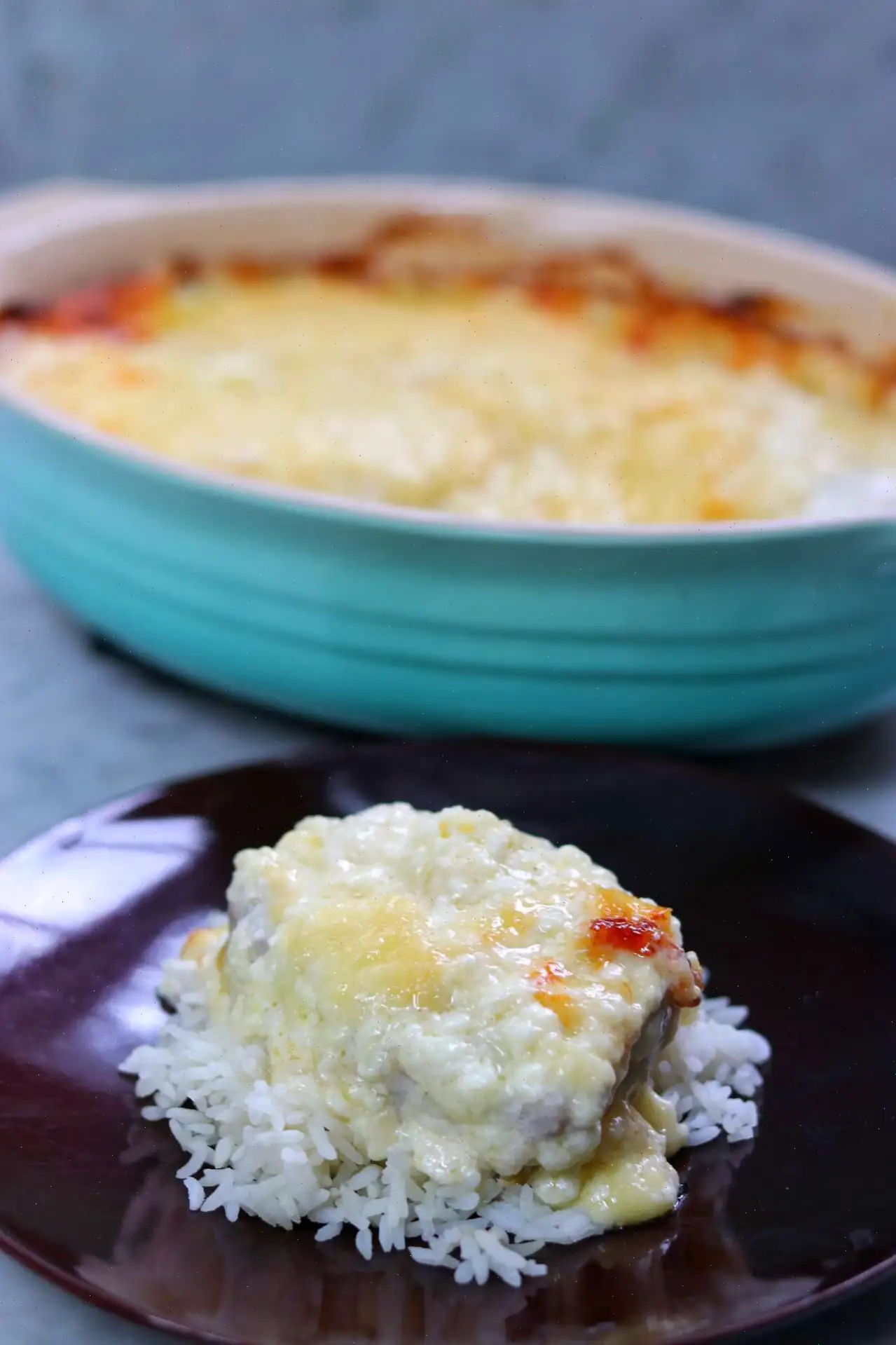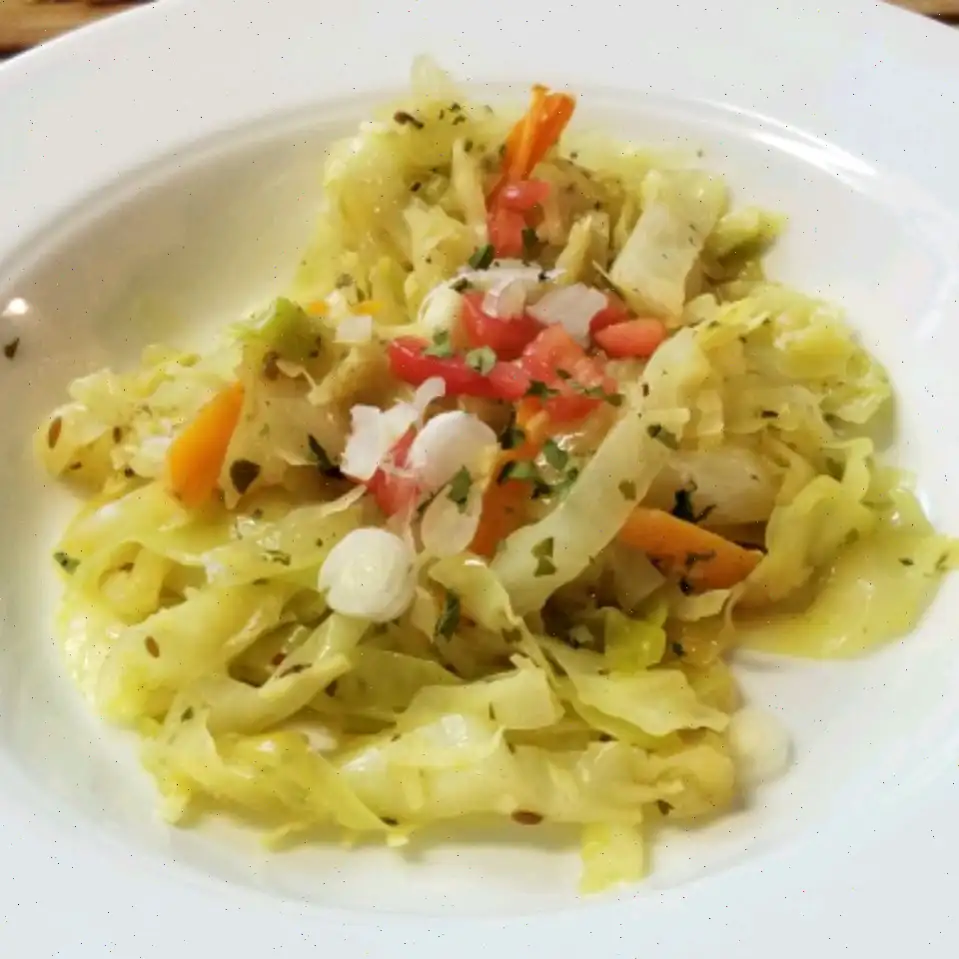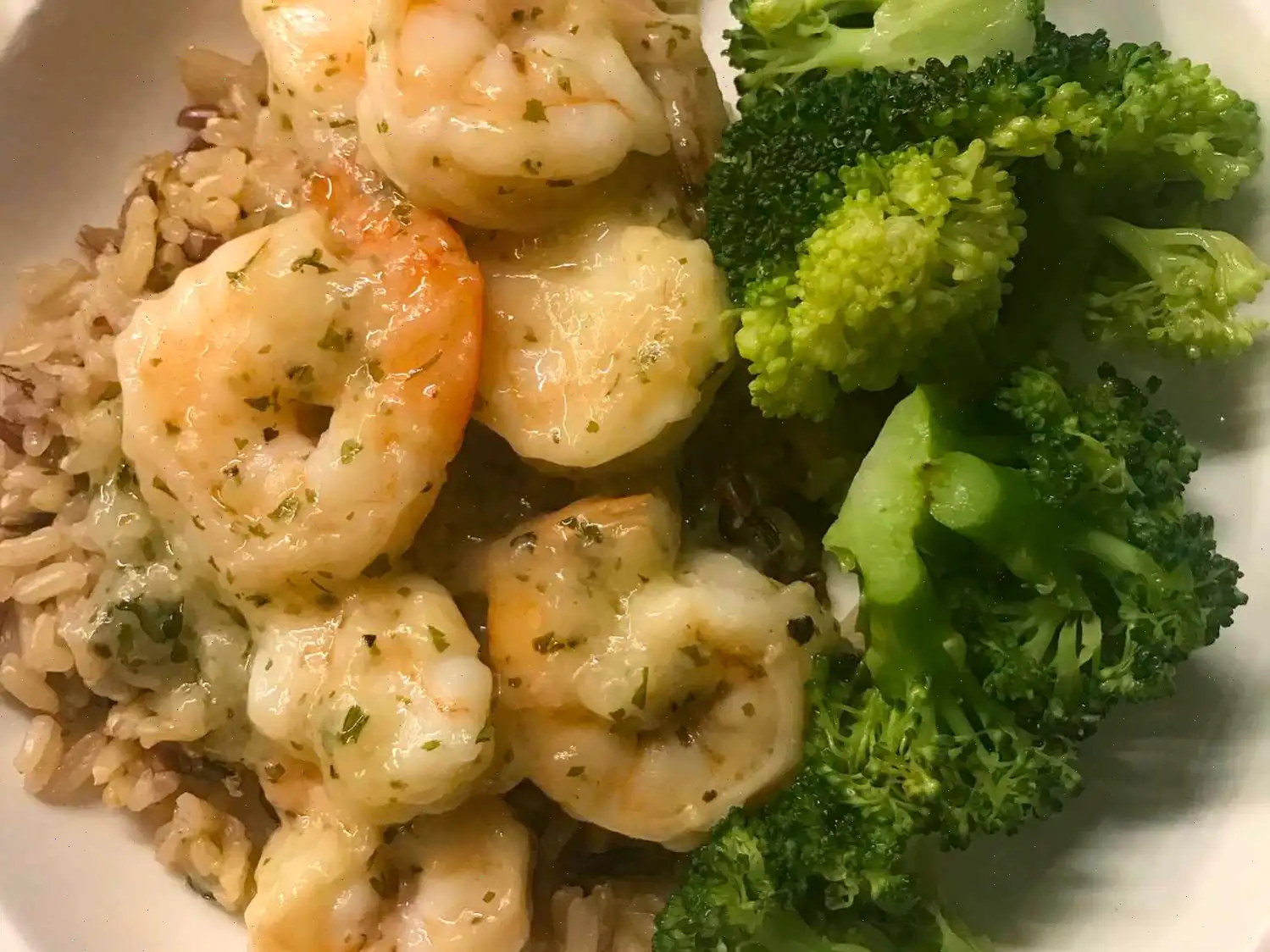
Southeast Asian Style Chicken Rice Recipe
Ingredients
Chicken Rice:
- 1 large chicken breast, skin on
- 1 teaspoon kosher salt, plus more as needed
- 1 tablespoon vegetable oil
- 1 tablespoon minced ginger
- 2 cloves garlic, minced
- cup diced onions
- teaspoon turmeric
- 1 cup plus 1 tablespoon jasmine rice
- 1 cups chicken broth
Chicken Herb Salad:
- cup thinly sliced red onion
- cup sliced green onions
- 1 small red Fresno chili, thinly sliced, or any other hot pepper
- 2 tablespoons fresh lime juice, plus more to taste
- 2 teaspoons soy sauce, or to taste
- 1 teaspoon sambal hot chili sauce
- 1 teaspoon sesame oil, or to taste
- teaspoon freshly ground black pepper
- Salt to taste
- cup freshly torn mint leaves
- cup freshly torn cilantro leaves
- Lime wedges (Optional)
Directions
Step 1: Place the chicken breast on a cutting board. Make 5-6 shallow cuts through the skin and season both sides generously with salt.
Step 2: Heat vegetable oil in a skillet over medium-high heat. Sear the chicken breast skin-side down until the skin turns golden brown and the fat has rendered, about 5 minutes.
Step 3: Flip the chicken over and continue cooking for another 5 minutes until the chicken is fully cooked. If the oil begins to smoke, reduce the heat to medium or medium-low.
Step 4: Once the chicken is cooked, remove it from the skillet and place it on a plate to rest until cool enough to handle. Peel off the skin and chop it finely. Refrigerate the chicken breast.
Step 5: Return the minced chicken skin to the skillet over medium heat. Cook, stirring, for 3-5 minutes until the skin browns and crisps up.
Step 6: Add minced ginger, garlic, and diced onions to the skillet. Stir and cook for about 5 minutes, or until the onions become translucent.
Step 7: Stir in the turmeric and jasmine rice. Cook and stir for 2-3 minutes, ensuring the rice is well coated with oil.
Step 8: Pour in the chicken broth, increase the heat to high, and bring it to a boil. Once boiling, cover the skillet, reduce the heat to low, and let it simmer undisturbed for 20 minutes.
Step 9: After 20 minutes, turn off the heat and set a timer for 10 minutes to allow the rice to rest.
Step 10: While the rice is resting, shred the chicken meat by hand or cut it into small pieces. Place it in a bowl.
Step 11: Add red onion, green onions, Fresno chili, lime juice, soy sauce, sambal hot chili sauce, sesame oil, salt, black pepper, mint leaves, and cilantro to the chicken. Toss everything together until well combined. Taste and adjust seasoning with more lime juice, salt, or spice as needed.
Step 12: After the 10-minute timer is up, fluff the rice with a fork and taste it. Adjust the seasoning if needed.
Step 13: Serve the rice topped with the chicken herb salad mixture and lime wedges on the side. Enjoy!
Nutrition Facts (per serving)
- Calories: 820
- Total Fat: 29g (37% Daily Value)
- Saturated Fat: 6g (31% Daily Value)
- Cholesterol: 132mg (44% Daily Value)
- Sodium: 2268mg (99% Daily Value)
- Total Carbohydrates: 87g (32% Daily Value)
- Dietary Fiber: 3g (10% Daily Value)
- Protein: 51g (101% Daily Value)
- Potassium: 701mg (15% Daily Value)
Origin Story:
The origins of Southeast Asian Style Chicken Rice can be traced to the vibrant culinary cultures of Southeast Asia, particularly Vietnam, Thailand, and Indonesia. These regions are known for their rich use of fresh herbs, spices, and bold flavors. Chicken rice, as a concept, has been popular across the region for centuries, but the particular fusion of herbs and chili-based condiments that characterizes this dish is a relatively modern interpretation. The dish combines the savory goodness of seared chicken with a rice cooked in chicken broth, creating a balanced, comforting meal. Over time, variations of the dish have developed, each bringing unique regional influences while maintaining its essential simplicity and flavor.
Regional Variations:
This dish has several regional adaptations that reflect the unique tastes and ingredients of different Southeast Asian cultures. In Vietnam, for instance, a version of chicken rice called "Cm G" is served with a side of fresh herbs and often accompanied by dipping sauces such as "nuoc mam" (fish sauce). In Thailand, the flavor profile is enhanced by the addition of aromatic herbs such as lemongrass and basil, which give the dish a more aromatic and citrusy character. In Indonesia, chicken rice is often paired with sambala spicy chili pasteand fried shallots, providing a bold kick to the meal. Despite these differences, the core elements of the dishrice, chicken, and fresh herbsremain consistent across the region.
How It Differs from Similar Dishes:
Southeast Asian Style Chicken Rice stands apart from other similar chicken-and-rice dishes because of its emphasis on the balance of flavorsspicy, sour, salty, and savory. Unlike Western-style chicken and rice dishes, where the focus is often on the meat or the sauce, this dish highlights the synergy between the aromatic rice, crispy chicken skin, and fresh herb salad. The addition of ingredients like lime juice, soy sauce, and sambal gives the dish an added layer of complexity. The cold herb salad served on top contrasts with the warm rice, creating an exciting texture and flavor experience. This makes it more refreshing and vibrant compared to more traditional, hearty chicken-and-rice recipes.
Where Its Typically Served:
Southeast Asian Style Chicken Rice is commonly served in casual eateries, street food stalls, and local restaurants across Southeast Asia. It is a popular choice for both lunch and dinner and is often enjoyed as a quick, flavorful meal. In urban centers, it can be found at food courts or cafes offering a range of regional specialties. While the dish is predominantly homemade in Southeast Asia, its simplicity and ease of preparation have made it a favorite among home cooks worldwide. It is often seen as a comfort food, ideal for family gatherings and weeknight meals.
Fun Facts:
- The dish's popularity spread throughout the world, particularly in multicultural areas with a significant Southeast Asian diaspora.
- Chicken rice dishes are featured in many food festivals, and it is often a showcase of the versatility and richness of Southeast Asian cuisine.
- In some regions, such as Thailand, its a common practice to serve the dish with a side of dipping sauce, allowing each diner to personalize the level of spice and tang in their meal.
- In Vietnam, the herb salad often includes not just cilantro and mint, but also basil, which enhances the fragrance of the dish.
- Some versions of chicken rice are even prepared using different cuts of chicken, such as thighs or wings, for a richer taste and more tender texture.
FAQ about Southeast Asian Style Chicken Rice Recipe
Comments
Helen Brown
01/08/2025 02:16:24 PM
Great variety of flavors! However, I avoid using vegetable oil in my kitchen as it is not good for health. I recommend using olive or avocado oil instead.
Brandon Torres
08/12/2024 03:51:43 PM
This dish was absolutely delightful. The cilantro added a wonderful touch of flavor to it.


